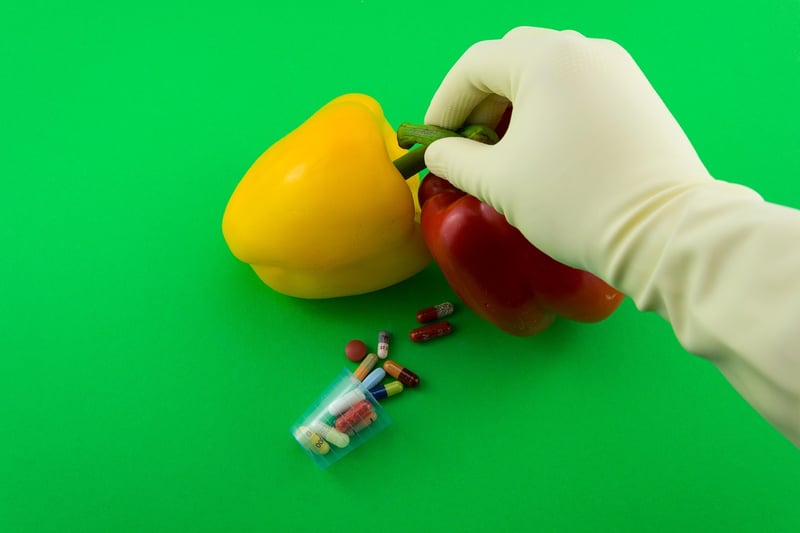Food science experiments
Experimenting with Science in Cooking: Fun and Educational Food Science Experiments
Science is all around us, even in the kitchen! Cooking is not just about following recipes; it's also a great way to explore scientific concepts through fun and delicious experiments. Whether you're a curious home cook or a budding scientist, these food science experiments will not only tickle your taste buds but also expand your understanding of the science behind the dishes we love.
1. The Magic of Emulsions: Making Homemade Mayonnaise
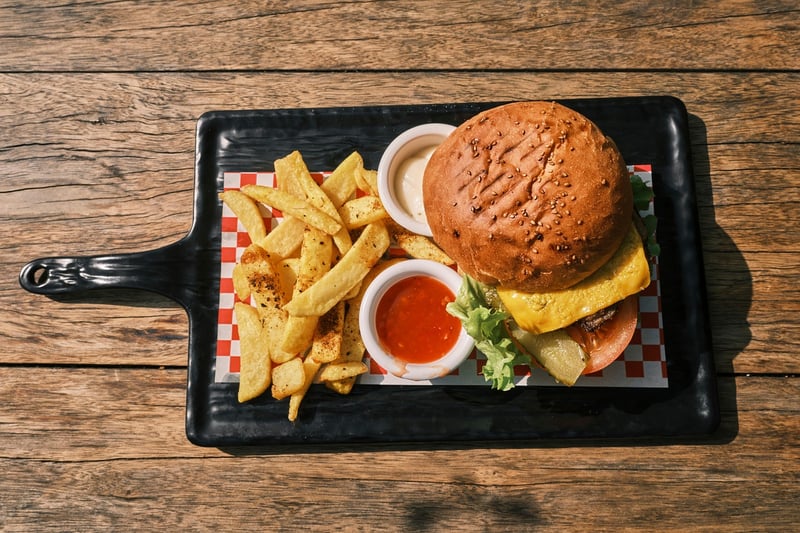
Emulsions are a fascinating aspect of food science, where two immiscible liquids are combined to form a stable mixture. Mayonnaise is a classic example of an emulsion, made by slowly whisking oil into egg yolks and vinegar or lemon juice. This experiment not only demonstrates emulsion formation but also lets you customize the flavors to suit your taste.
2. The Science of Spherification: Creating Fruit Caviar
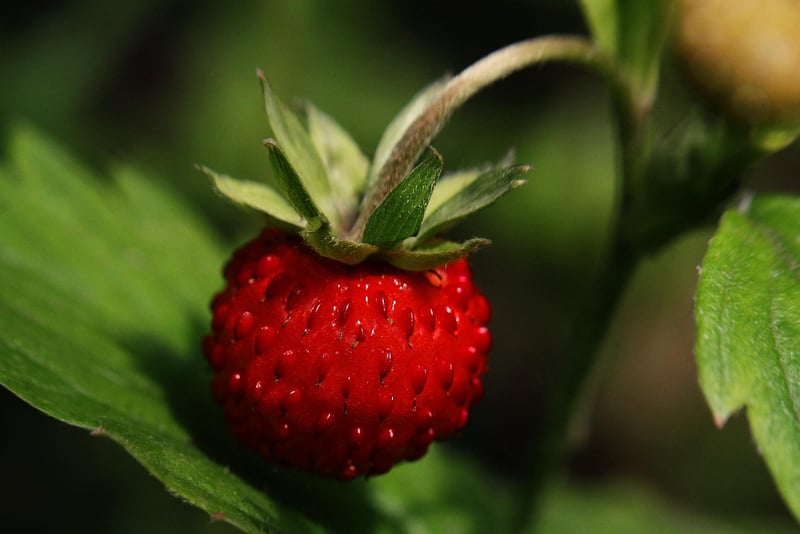
Spherification is a culinary technique that transforms liquids into tiny, caviar-like spheres. Using ingredients like fruit juice and sodium alginate, you can create flavorful fruit caviar balls that burst in your mouth. This experiment showcases the principles of molecular gastronomy and allows for endless flavor combinations.
3. The Chemistry of Baking: Baking Soda vs. Baking Powder
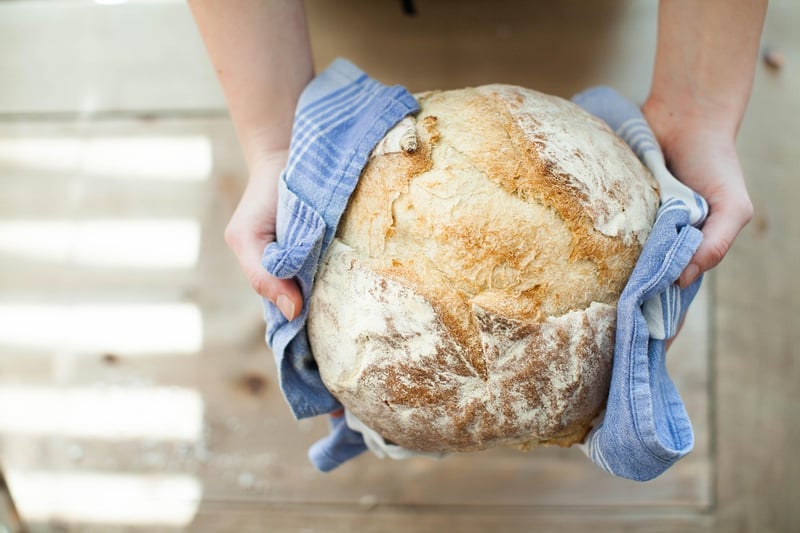
Baking soda and baking powder are common leavening agents used in baking, but do you know the science behind their reactions? Conduct a simple experiment by mixing each with vinegar to observe the immediate fizzing of baking soda and the delayed reaction of baking powder. Understanding these reactions can help you master the art of baking.
4. The Physics of Heat Transfer: The Perfect Steak
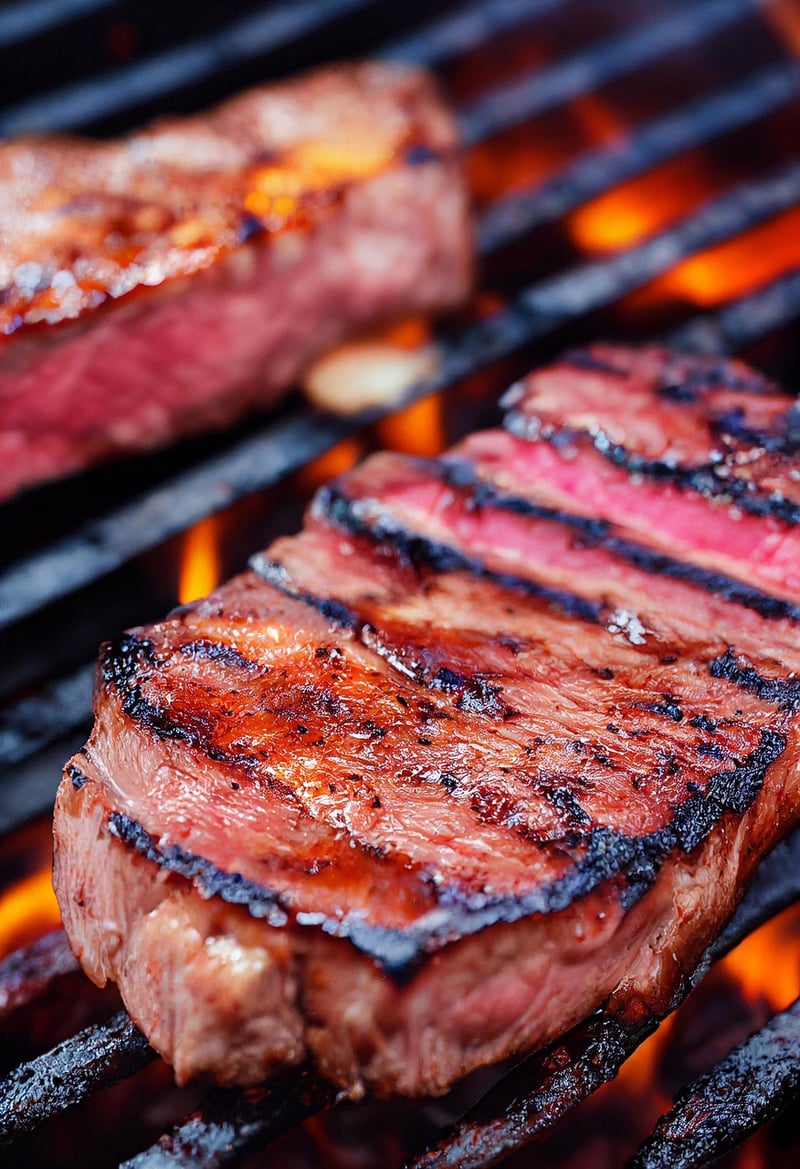
Cooking the perfect steak involves understanding the principles of heat transfer. Experiment with different cooking methods like searing, grilling, and sous vide to observe how heat affects the texture and flavor of the meat. By mastering the physics of heat transfer, you can elevate your steak-cooking skills to gourmet levels.
5. The Biology of Fermentation: DIY Yogurt Making
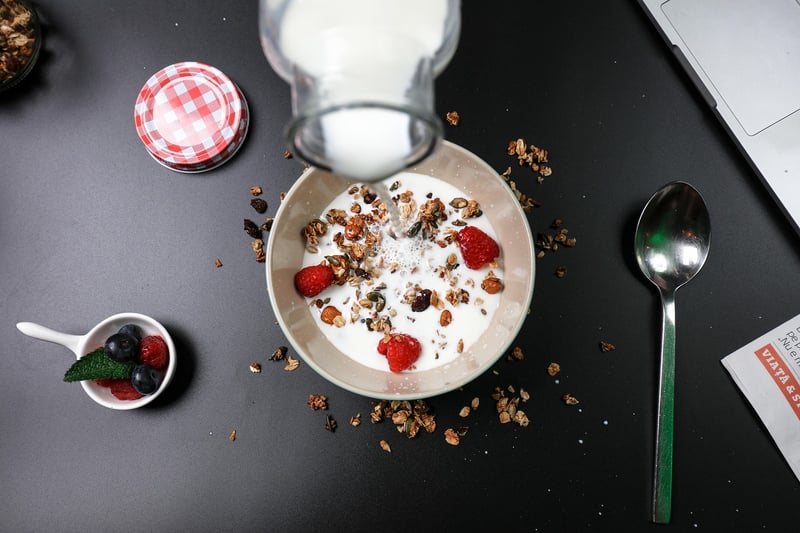
Fermentation is a biological process that transforms simple ingredients like milk into tangy and probiotic-rich yogurt. By culturing milk with live bacteria cultures, you can observe firsthand how fermentation produces yogurt. This experiment not only teaches you about beneficial bacteria but also empowers you to make your own homemade yogurt.
Next time you step into the kitchen, don't just cook; experiment with science! These food science experiments are not only educational but also a delicious way to explore the wonders of science through the art of cooking.
